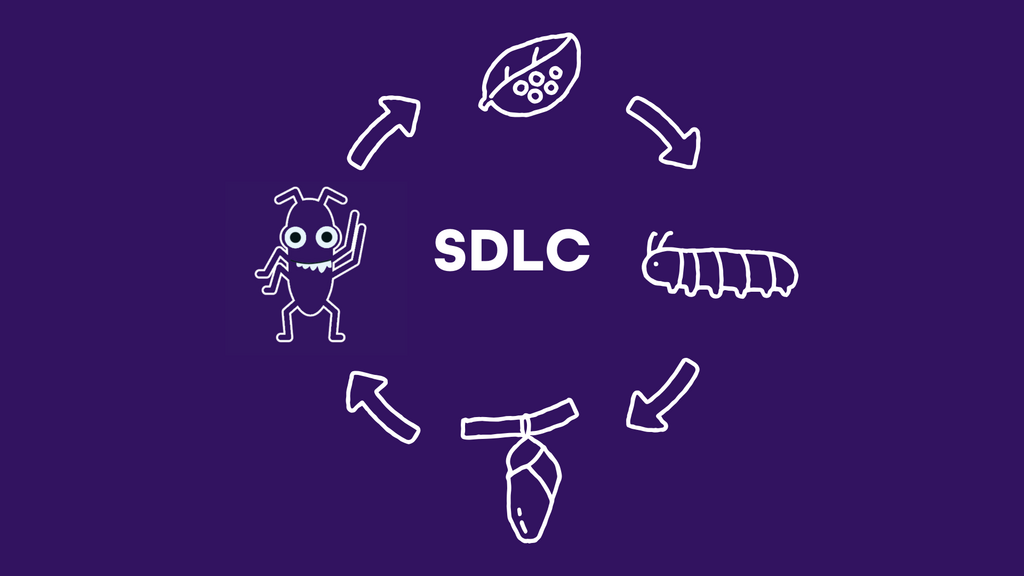The SDLC is a structured and iterative framework that outlines the entire process of building and maintaining software. It is essentially a roadmap or a plan that takes you from the initial idea for a piece of software all the way to its refinement or removal. Instead of just jumping in and hoping for the best, the SDLC provides a structured approach to ensure everything is done to the best of the team's ability.
While there are different versions, most SDLCs include several key stages. It starts with planning, where you figure out the project's scope and goals. Then you move on to gathering and documenting requirements. After that, there's design, where the architecture and user interface are planned. Then you have the actual development or coding. This is followed by testing, where we try to find all the bugs. After deployment, where the software is released, we observe the product's behaviour and provide maintenance, which involves ongoing monitoring, support and updates.
For testers, the SDLC is a crucial concept. It's a reminder that testing is not just something you do at the end. A modern approach involves testers interacting right from the very first planning stages to identify risks, prevent problems and catch potential bugs as early as possible. Following a clear SDLC helps teams manage complexity, reduce risk, and produce a higher-quality product in a more predictable way. It’s all about bringing order to the creative chaos of building software.
While there are different versions, most SDLCs include several key stages. It starts with planning, where you figure out the project's scope and goals. Then you move on to gathering and documenting requirements. After that, there's design, where the architecture and user interface are planned. Then you have the actual development or coding. This is followed by testing, where we try to find all the bugs. After deployment, where the software is released, we observe the product's behaviour and provide maintenance, which involves ongoing monitoring, support and updates.
For testers, the SDLC is a crucial concept. It's a reminder that testing is not just something you do at the end. A modern approach involves testers interacting right from the very first planning stages to identify risks, prevent problems and catch potential bugs as early as possible. Following a clear SDLC helps teams manage complexity, reduce risk, and produce a higher-quality product in a more predictable way. It’s all about bringing order to the creative chaos of building software.




